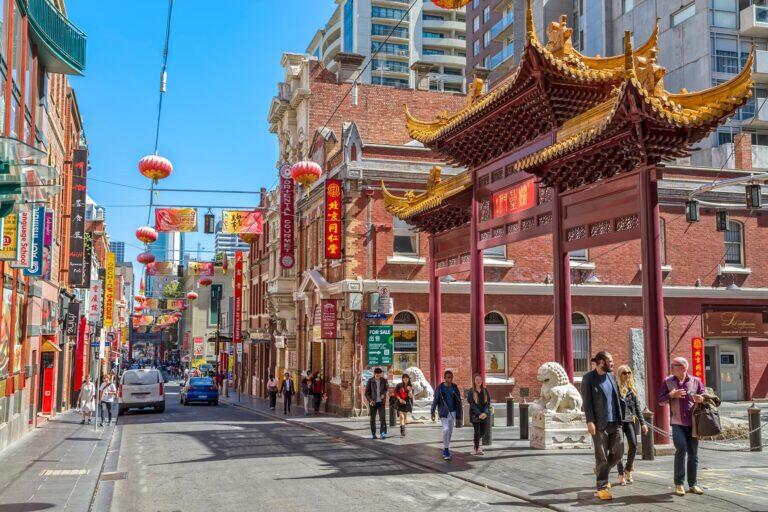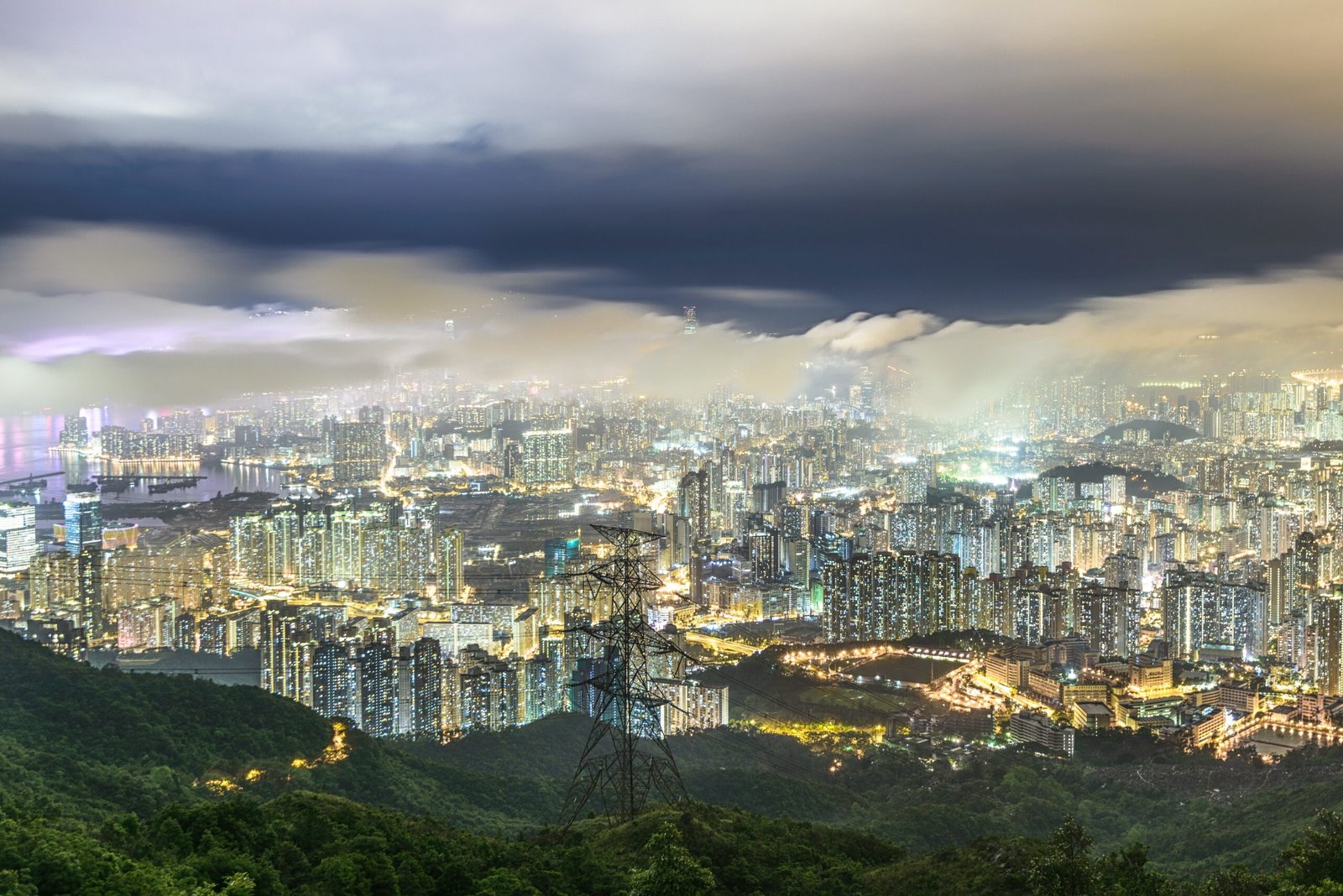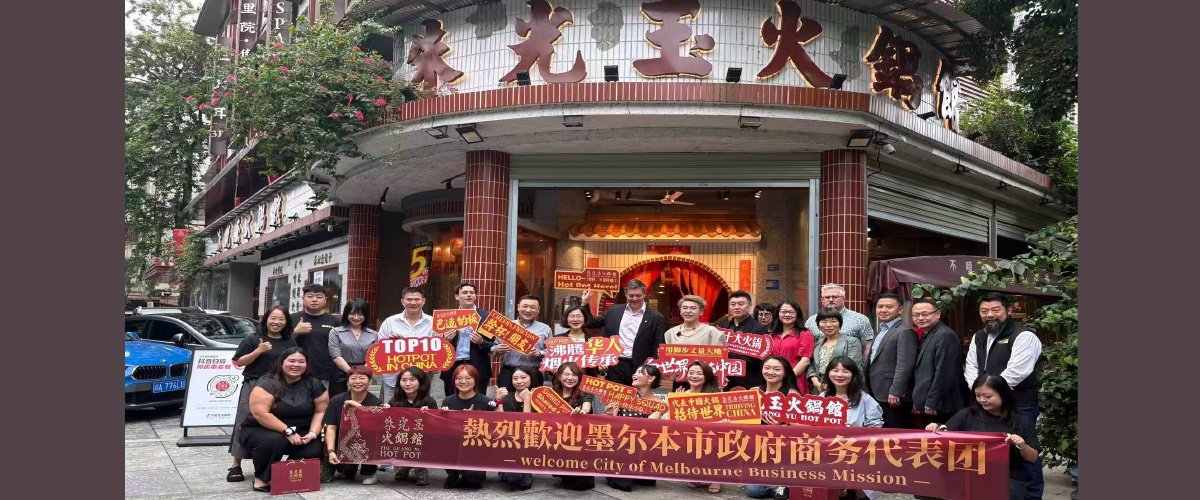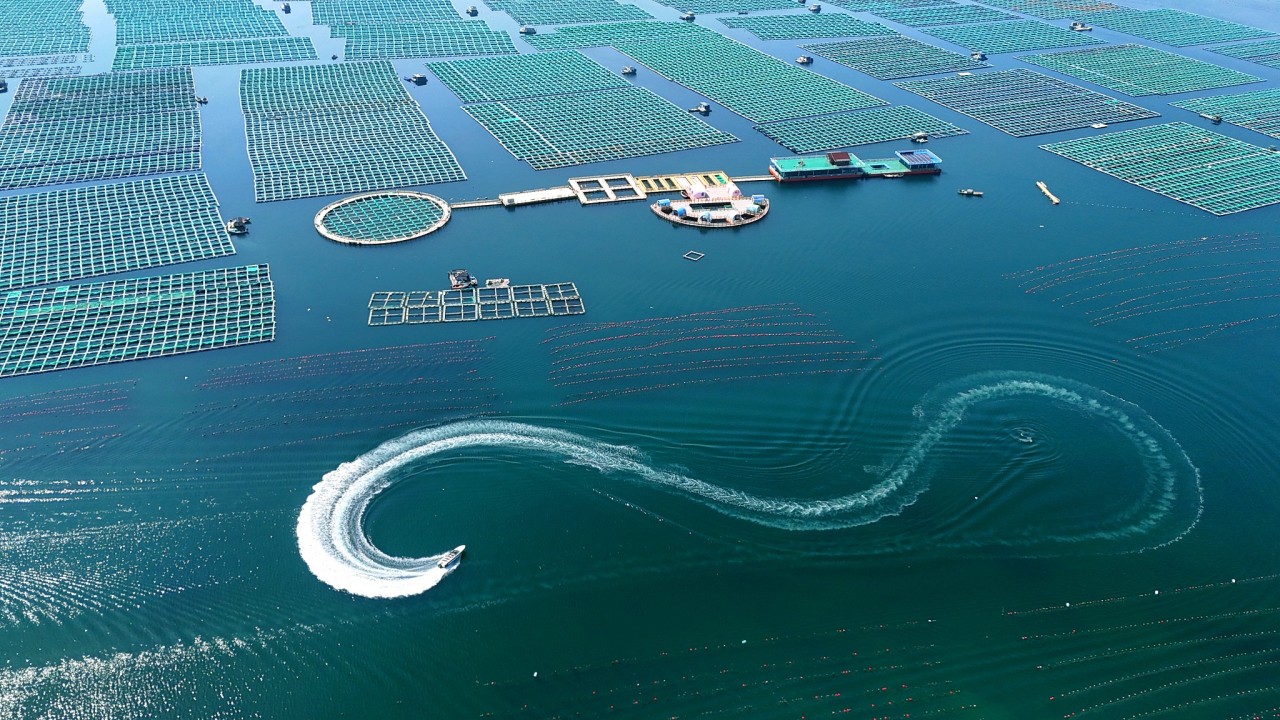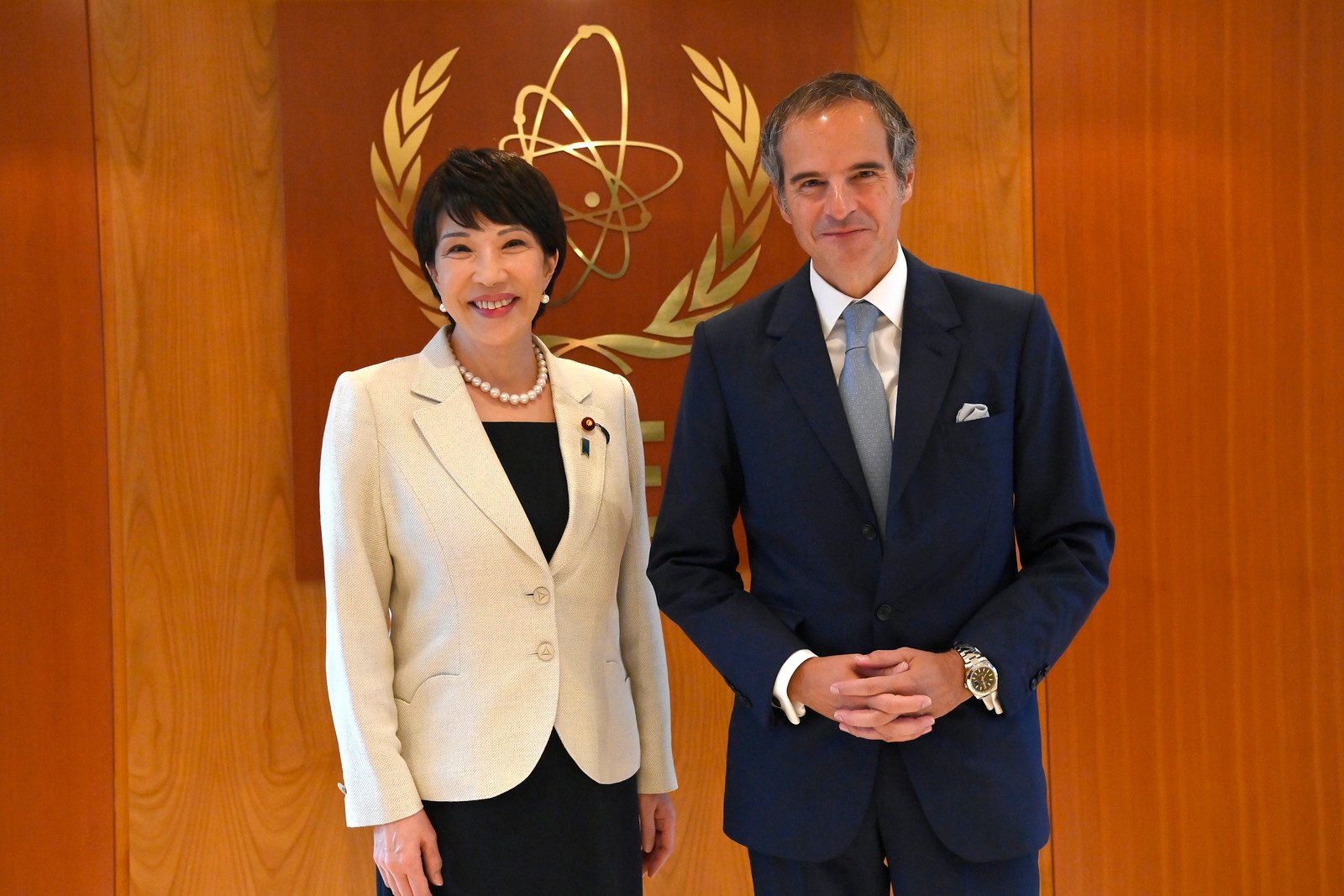Contributor:Jenny Chin
Chinese Moreish Regional Food opens in Melbourne. Gastonomically Exciting!
I read with some excitement that Melbourne restaurateurs are opening venues showcasing Chinese fare obscure to Western diners. Chinese cooking has long been regional but never so lauded as, say, French regional cuisine outside the home country. The most pertinent divide is between the cold north and subtropical coastal south. Incantations of the eight special regions is, according to Jonathan Clements’, The Emperor’s Feast, a modern invention that accompanied China’s reintroduction to the world after its autarky. But myths remain- northerners prefer salty food; southerners, sweet; the east, sour; the west, spicy.
For a long time, only Guangdong ports were allowed to trade with outsiders and its peoples were far more likely to emigrate. So what is best known outside China is southern fare – or reinterpretations for perceived foreign palates. But with more recent, even migration trends, northern hotpot and Sichuan restaurants now proliferate in Chinatowns everywhere.
To add to the mix, Shunde and Hakka restaurants have emerged in Melbourne.
Shunde district is the culinary epicentre of Cantonese cooking, with a long provenance of famous chefs honed by regular competitions and unusually, known for its milk dishes. Its style is on full display in nearby Hong Kong – for a fondness for steaming and an inventiveness that never strays too far from tradition. Wrapping meat dishes in lettuce (symbolic of new life) a la san choi bao, is said to be a Shunde creation.
Hakka (“guest people”) cuisine is less a regional style than clan based. The origins of the language group are now lost in time, very likely northern outsiders who settled south. Meat braises and the use of dried foods such as salted fish, bean curd, preserved vegetables are features. Stuffed tofu or eggplant, part of the dim sum repertoire, are Hakka in origin.
Similarly, the dishes of the Chaozhou who live around Chaosan in Guangdong. Like the Hakka, they too dispersed to Southeast Asia. In Melbourne’s eastern suburbs, a tiny bistro (Chaozhou Malaya) serves twice cooked tender duck (instead of traditional goose), and lightly poached seafood.
As Clements explains, aside from geography, Chinese food is inextricably linked with history, religion, trade and layers of people movement, defying simple delineation. There may be a political perspective to showcasing diversity.
Many Melbourne cafes now promote themselves as Hong Kong style or Uyghur and perhaps, this is pushback against the one China narrative, of homogeneity in thought and culture.
Check out Melbourne China Town and also the Chinese Museum. Did you know that 1 in 9 people where Chinese in Victoria in 1851!
CHINESE MUSEUM HERE+
CHINESE MELBOURNE ‘Must-Do” LIST HERE+





